Tube televisions have receded, as a rarity, far into the past. And that makes sense. Firstly, modern televisions take up less space, and secondly, they can be mounted even on the wall. The compact size allows you to choose any screen size - from the traditional 18.5 ″ to huge.
But what is the optimal size? Should I take into account the distance, area and other factors when choosing a diagonal?
Kinds
At first glance, all TV models are the same, differing only in the size range and design. However, they also differ in the type of screen. An overview of the most common ones will help guide the consumer when choosing.
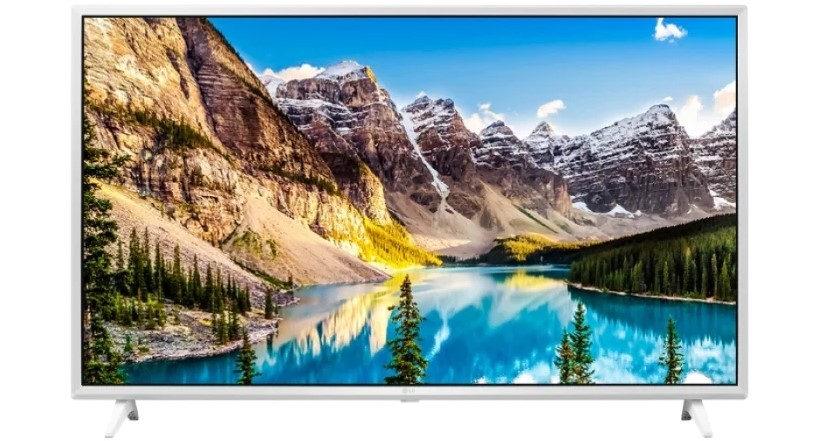
Liquid crystal
The essence of their work is to sift the light stream using fluorescent lamps or LEDs. The following subtypes are distinguished:
- LED (diode flux).
- LCD (fluorescent flux).
How does this screen work? This is a monitor with liquid crystals that respond to an electromagnetic field and are capable of transmitting some light flux, while others can delay it.
Benefits:
- low power consumption;
- pleasant flicker-free image;
- clear and bright image;
- affordable price;
- long service life.
Disadvantages:
- poor dynamics and picture depth;
- viewing angle does not exceed 125 degrees;
- long matrix response;
- stable resolution.
![]() See also - How to choose a TV for home: expert advice
See also - How to choose a TV for home: expert advice
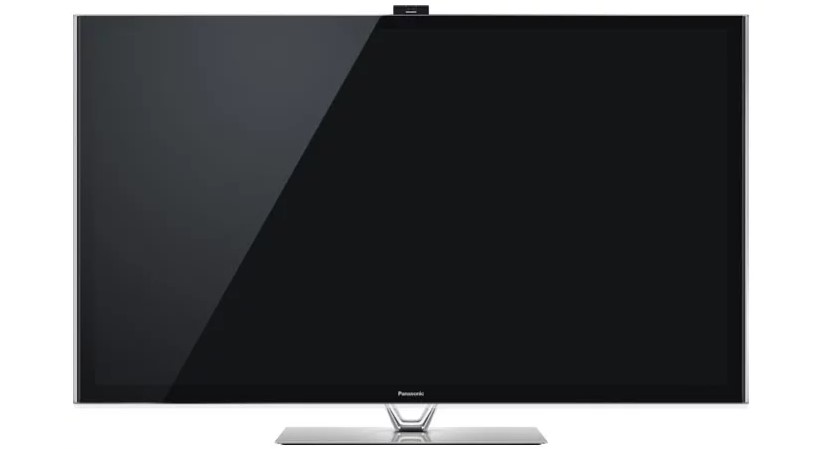
Plasma panel
The design is based on the phenomenon of luminescence of a phosphor under the influence of ultraviolet rays arising from an electric discharge in an ionized gas (plasma).
Special benefits:
- viewing from a large angle is possible without image distortion;
- expressive and contrasting pictures with clear contours;
- flicker frequency - up to 600 Hz, invisible to the eyes;
- instant response, without the effect of blurry pictures.
Disadvantages:
- only large dimensions - there are no small plasmas;
- you will have to maintain the required viewing distance, since the large pixel size makes viewing uncomfortable;
- phosphor burns out faster, which reduces the life of the;
- high price;
- high power consumption.
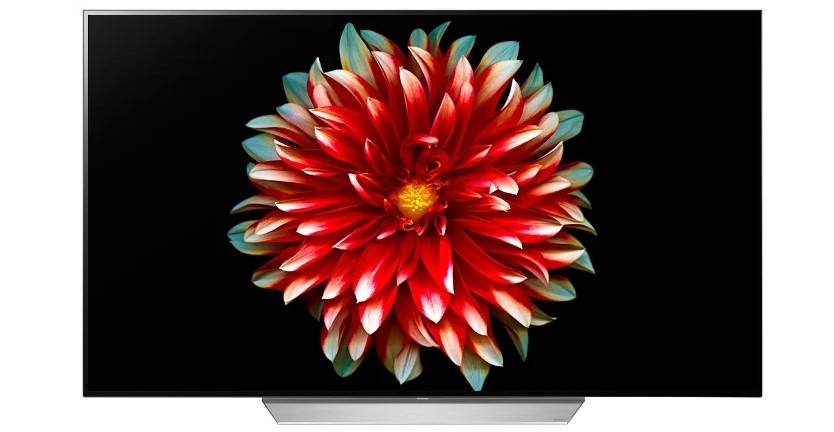
OLED screens
The matrix consists of organic diodes that efficiently emit light when an electric current passes through them.
Benefits:
- high quality level, rich and bright picture (up to 100 thousand cd / m2);
- viewing is possible from almost any angle;
- contrast, colors are flawless;
- economical power consumption;
- there is no flicker, response time is thousandths of a second;
- image reality;
- wide range of diagonal sizes.
Disadvantages:
- blue phosphor is prone to fast fading;
- high price;
- technology is not too common among manufacturers.
![]() See also - Which brand of TVs is better to buy
See also - Which brand of TVs is better to buy
What parameters to pay attention to
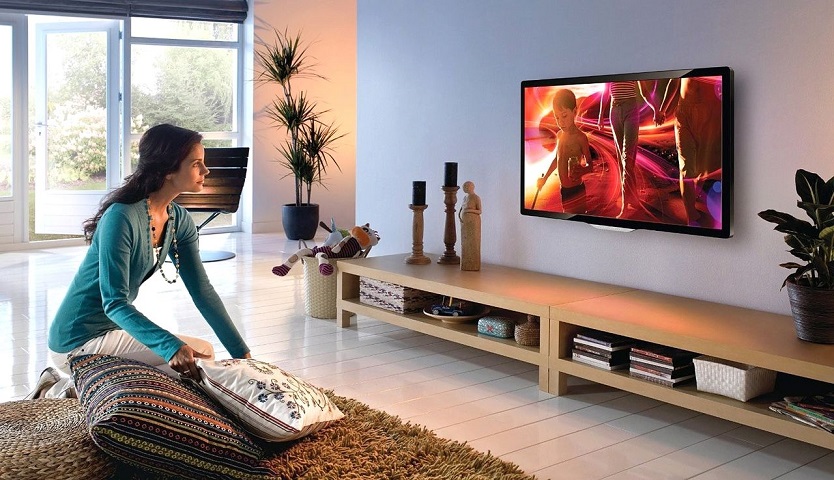
Since the advent of televisions, the need to maintain the correct distance from the screen to the viewing position has been constantly emphasized. Therefore, the technique should be selected taking into account its size and distance from the viewer.
Distance
There are recommendations for screen size depending on how far away the TV is from the person. Allowable indicators:
- for 1.5 m - diagonal up to 17 inches;
- 2-3 m are optimal for diagonals of 25-40 ";
- 4-6 m - for 50-80 ″.
Resolution
An important factor to consider when choosing a TV. The higher the number, the better the image quality. Requirements for favorable viewing are also different:
- HD (1280x720). For this type, the proportion of the distance to the screen and the diagonal is 1 / 2.3. For example, at a distance of one meter you can watch HD from 17 ", at 2 m you can watch a 34" TV. Each next meter of distance allows you to place the TV 17 ″ more.
- Full HD (1920 x 1080). With this number of pixels, the dependence of the diagonal and the distance from the screen is as follows: at 1 m, viewing at 25 ″, 2 m - 50 ″, 3 m - 75 ″ will be of high quality.
- Ultra HD 4K (3840x2160). The latest resolution with the best level of image quality. On a 39-inch screen, the image will be of high quality even at a distance of 1 meter. A distance of 2 meters provides a high-quality image at 78 ″, and 3 m allows 117 ″.
Overall dimensions
It seems that the big screen racing fever is over. After all, everything should be proportional. To keep balance and find the perfect technique for your interior, decide in advance - don't blindly choose!
Area
It is important to take into account the area of the room (room), observe the proportions. Recommendations:
- for small rooms, the diagonal should not exceed 20 inches;
- for medium-sized rooms (up to 18 m²), the optimal performance is 37 ″;
- with an area of 20 m² - 40 ″ or more.
Selection principles
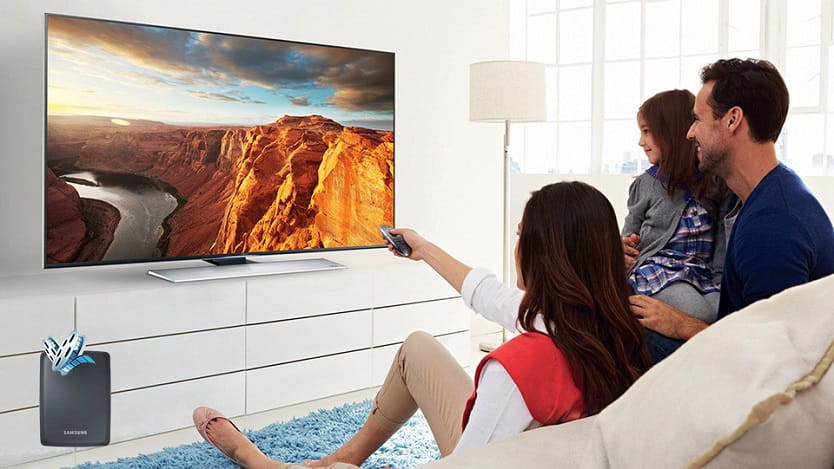
The technical parameters depend on the location of the TV: screen diagonal, dimensions, type. How to choose the right one:
- for a small kitchen due to lack of free space, an HD LCD screen up to 20 ″ is suitable;
- 40–42 ″ is recommended in the living room or bedroom of an average area with a distance of at least 3 m. If it's Full HD, then you can even buy 75 ″;
- for overall areas, large panels are most often chosen: this is required by the area and proportions in the design of rooms, as the viewing distance increases. It is better to choose an Ultra HD TV. The best picture quality will ensure an enjoyable viewing even on the largest TV screen.
Having minimal knowledge about the types and properties of equipment, its main parameters, it will not be difficult to choose the optimal diagonal.
See also:

